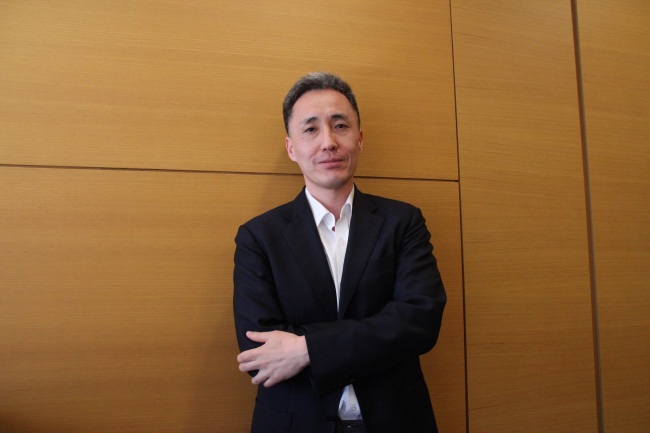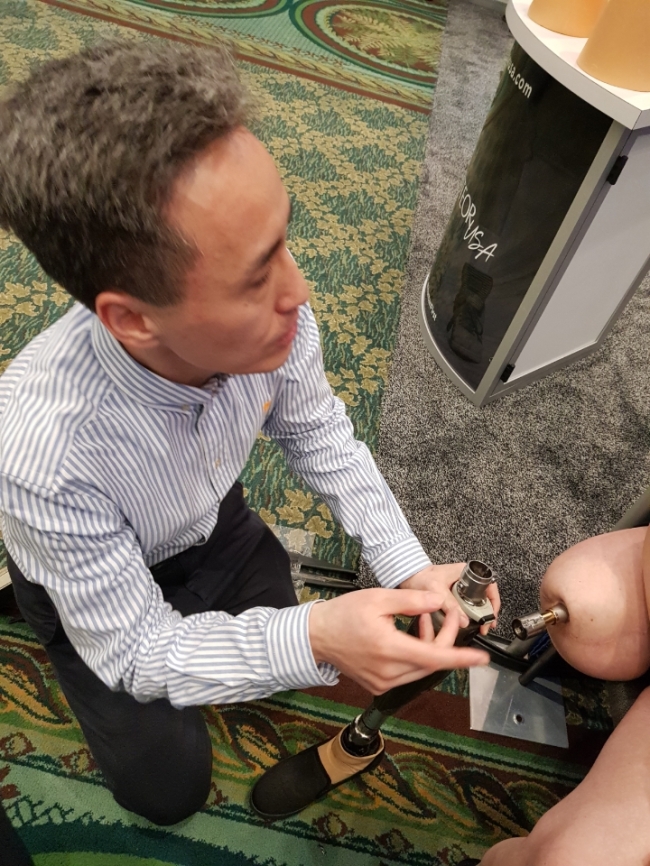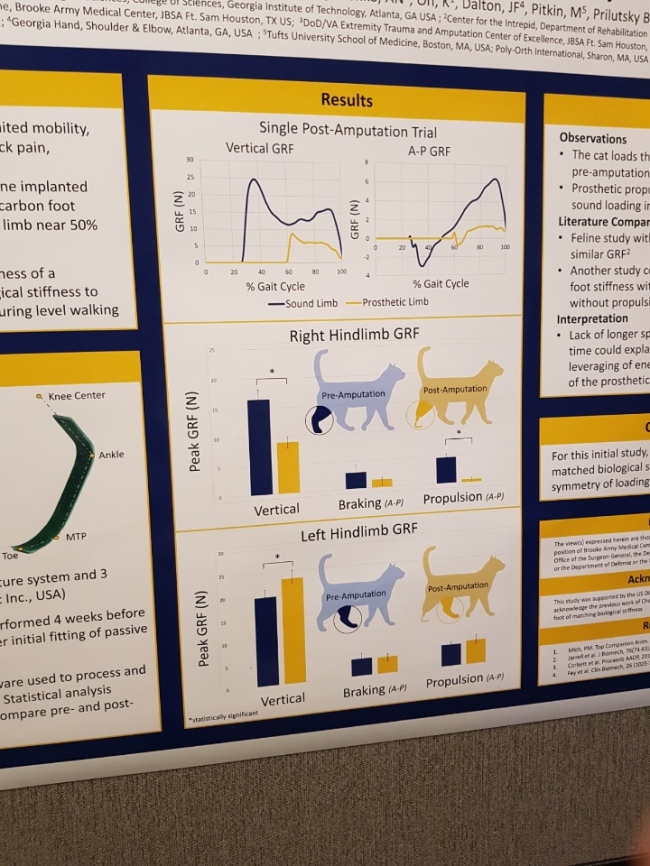Why don’t we see amputees in professional fields of work in South Korea? Where do all the patients who have lost limbs in an accident, or to diabetes, disappear here? Kang Yeoun-seung, 52, a rehabilitation medicine and certified ortho-prostheticts doctor, has grappled with this issue for long.
According to the Ministry of Welfare data, the number of people with physical disabilities in Korea was over 1.2 million as of December. Those with visual or hearing impairment, brain lesions or cardiac disability, collectively came up to more than 800,000. This means at least 2 million Koreans require ortho-prosthesis, but truth be told, they are rarely seen on the streets here.
Prosthetics are mechanical body parts that can replace missing organs. Orthotics are assistance devices such as canes, casts or wheelchairs for patients who have weakened bone and muscles, cerebral palsy, spinal damage or a congenital condition in the central nervous system.
“Patients are counted if they have visited a hospital at least once. They’re in the better environment. As a doctor I know there are many more in this country who suffer disabilities but are not in the officially registered,” Kang said in an interview with The Korea Herald.

Kang Yeoun-seung (Lim Jeong-yeo/The Korea Herald)
Physical disability in Korea often leads to lessened economic activity. Without money, those with disability have to depend on philanthropy.
“My dream is to see Korea reach the day when a lady with a prosthetic leg can proudly dress in a mini-skirt and walk at Gwanghwamun Square with a take-out coffee,” said Kang.
During his recent trip to Orlando, US, in March, for the American Academy of Orthotists and Prosthetists 2019 gathering, Kang saw 40 percent of the hotel gym treadmills occupied by workout enthusiasts wearing prosthetic limbs. Proper ortho-prosthetic attention has enabled every facet of their lifestyle.
A female lawyer Kang met in the US said she would never return to Korea. “Do you think I’d still be able to practice law there, and continue living as I do here in the US?’ she asked me, and I couldn’t answer,” Kang said.
The lawyer had lost both her legs when the Sampoong Department Store collapsed in Seoul in 1995. She arrived in the US to get bilateral prosthesis, and found a new job as a successful attorney and met her husband.
Kang, currently the chairman of Cheonan Memorial Park, is unique in his field with a certification to produce and repair prosthetics and orthotics.
After graduating from a medical university in Korea majoring in rehabilitation medicine, he wished to further his studies as a physiatrist in the US. His guidance professor suggested he become a US-certified orthotist and prosthetist.

Kang Yeoun-seung at the American Academy of Orthotists and Prosthetists (Courtesy of Kang)
Kang attended Northwestern University Prosthetics-Orthotics Center and later interned at Rehabilitation Institute of Chicago which is now called Shirley Ryan AbilityLab.
In Korea, the role of a doctor is largely detached from the role of an ortho-prosthetist. The former has no great motivation to learn the works of the latter, whose work is discounted as below-par labor.
“But ortho-prosthesis is a holistic field that arches over medicine, engineering and art,” Kang said.
TED talks by paralympic sprinter and model Aimee Mullins since as early as 1998 have dwelt on the same issue. The super-abled woman has delivered an inspirational “My 12 pairs of Leg” speech where she hints at prosthetics legs transforming a “disabled” persons to be “super-abled.” Mullins’ prosthetic legs include a pair that takes the motif of a cheetah’s hind leg, or ones created with various materials that add to the design or function of the leg – calling the prosthetic limb an “augmentation.”
Similarly, Kang says that for the quality of life of a disabled patient, a prosthetic limb must not only be functional, but pleasing to the eyes too. But such beautiful prosthetics would naturally cost a fortune.
For more people to pursue a career as an ortho-prosthetist, the field must be lucrative. Yet, currently, the involved businesses in Korea are fledgling. Only half out of about 1,300 Ministry of Welfare-certified ortho-prosthetists are active in the field, according to the Korea Ortho-prosthetists’ Association.
The disabled in Korea lack the buying power. In 2018, the National Health Insurance Service subsidized a total of 91 billion won ($80 million) for some 15,300 cases of ortho-prosthetics purchases by registered people with disabilities.
The organization provides for as much as 90 percent of the cheapest possible products on the market. The subsidy varies according to the product and their lasting period, and the support money drops for products with aesthetic enhancements.
The need for ortho-prosthetics supply will only increase in Korea. While the domestic ortho-prosthetics businesses first surfaced after the Korean War in 1953, the technology has seen picked up since 2000.
The war is only a small part of the picture, Kang said. Illnesses characteristic of an advanced society such as diabetes or vascular disorder, caused by “eating too well” than bombing and malnutrition, also lead to amputation. Aging affects the market, too. Consultant firm Deloitte Anjin had suggested Korea will become a super-aged society by early 2020s, meaning more orthotics will be required. The ratio of aged disabled people have also risen from 38 percent in 2011 to 46.7 percent in 2018.
Kang noted the local technicians’ dexterity, saying that if converged with fourth industrial revolution information technology, ortho-prosthetics market here has great potentials next to the current leaders US, Germany and Japan.

Presentation slides show feline and canine prosthetics (Courtesy of Kang)
Overseas, the prosthetics market has broadened to pet care. Feline and canine prosthetic legs were a topic at the AAOP Orlando conference Kang attended in March. The idea is not new. As early as in 2011, the movie “Dolphin Tale,” featured a dolphin who damages her tail in a trap, is given a prosthetic and returned to the waters.
For Korea to catch up with the global standards for ortho-prosthetics, an embracing social atmosphere is quintessential, according to Kang. It doesn’t even have to go as far as establishing better government policy, if people pay more attention to the issue and foster a more disability-friendly mindset that would include people with prosthetics in their workplaces and neighborhoods.
By Lim Jeong-yeo (
kaylalim@heraldcorp.com)








![[Graphic News] More Koreans say they plan long-distance trips this year](http://res.heraldm.com/phpwas/restmb_idxmake.php?idx=645&simg=/content/image/2024/04/17/20240417050828_0.gif&u=)